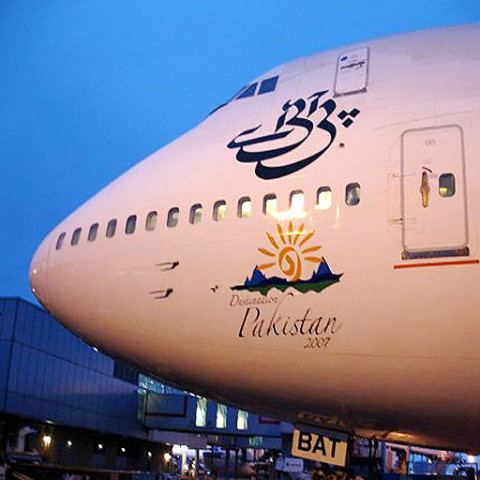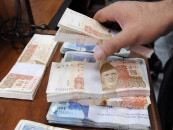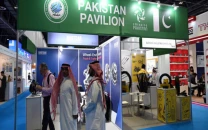PIA seeks state bail out to survive
PIA promises to make cutbacks and better its fleet in a bid to improve fortunes, if treasury agrees to cancel debt.

In a five-year survival plan submitted to the government, PIA has promised to make cutbacks and better its fleet in a bid to improve its fortunes, if the treasury agrees to cancel its debt and pay off other creditors.
Blaming "bad policies of the past" for accumulated losses of 80 billion rupees (936 million dollars) and liabilities of 144 billion rupees, PIA spokesman Sultan Hassan insisted the airline is capable of future success.
Defending the company against long-standing allegations of graft and staffing problems, he told AFP that operational profits show PIA can become self reliant. "We want to reform the airline. If the government helps us by taking on our previous losses and loans so that we can invest capital, we will be able to revamp the company for the future," said Hassan.
But the burden would be a massive undertaking for a government dependent on US aid to survive.
"I don't think it is viable," said an international finance official in Islamabad on condition of anonymity.
"The Pakistani economy is already weak, the government is under billions of dollars in debt -- if they accept PIA's request to pay off their loans it would be an additional burden."
A former financial adviser to the government, Ashfaq Hassan, said privatisation was the only long term solution for the airline, which has failed to turn a net profit since 2004 according to its last annual report.
"This is a plan that the Ministry of Finance should never accept. It would leave a huge impact on the national budget," said Hassan, now dean of Islamabad's National University of Sciences and Technology.
"If the government injects any money into PIA it would only help it to survive for another year and nothing more. The only solution for this corporation is privatization. Anything else is a waste of time and money."
PIA was created out of private airline Orient Airways in 1955, just eight years after Pakistan came into existence, and today has a fleet of 40 planes, a combination of Boeing 747s, 777s, 737s, Airbuses and ATR aircraft.
Performing well until the 1970s when corruption and overstaffing hit company fortunes, PIA's reputation was further battered in the 1980s as it failed to maintain its fleet, said economic expert Shahidur Rehman.
He said 1990 signalled further defeat for PIA, when legislation liberalised to allow more competition in the flight market. The state carrier remains the largest operator on Pakistan's international and domestic routes. But union officials say years of corruption, nepotism, bad management and poor planning have pushed the corporation to its lowest ebb.
"Every PIA contract is awarded against kick-backs and commission to the relevant authorities. This is employees' money being looted by corrupt officials," said Ashraf Bilo, a PIA union leader. Relations between PIA management and its more than 18,000 employees in Pakistan and its global offices are in disarray.
"Merit has always been ignored," said Bilo. Bilo said PIA's 500 pilots each earn around 500,000 rupees (6,000 dollars) per month and can claim a pension of 4,000 rupees a month after 15 years of service -- huge sums in Pakistan.
But the airline recently imposed new rules to force pilots to fly on its terms, after a row over working hours and pension benefits led pilots to adopt an unofficial "go slow" protest leading to flight delays, said spokesman Hassan.
Pilots said they were routinely forced to fly 12 hours per day, two hours more than the civil aviation rules allow, and occasionally for as long as 18 hours.
This "is impossible and a serious violation of airline safety conduct," said PIA pilot Sohail Balouch, also the spokesman for Pakistan Airlines Pilots Association. "The management is unwilling to solve this crisis."



















COMMENTS
Comments are moderated and generally will be posted if they are on-topic and not abusive.
For more information, please see our Comments FAQ